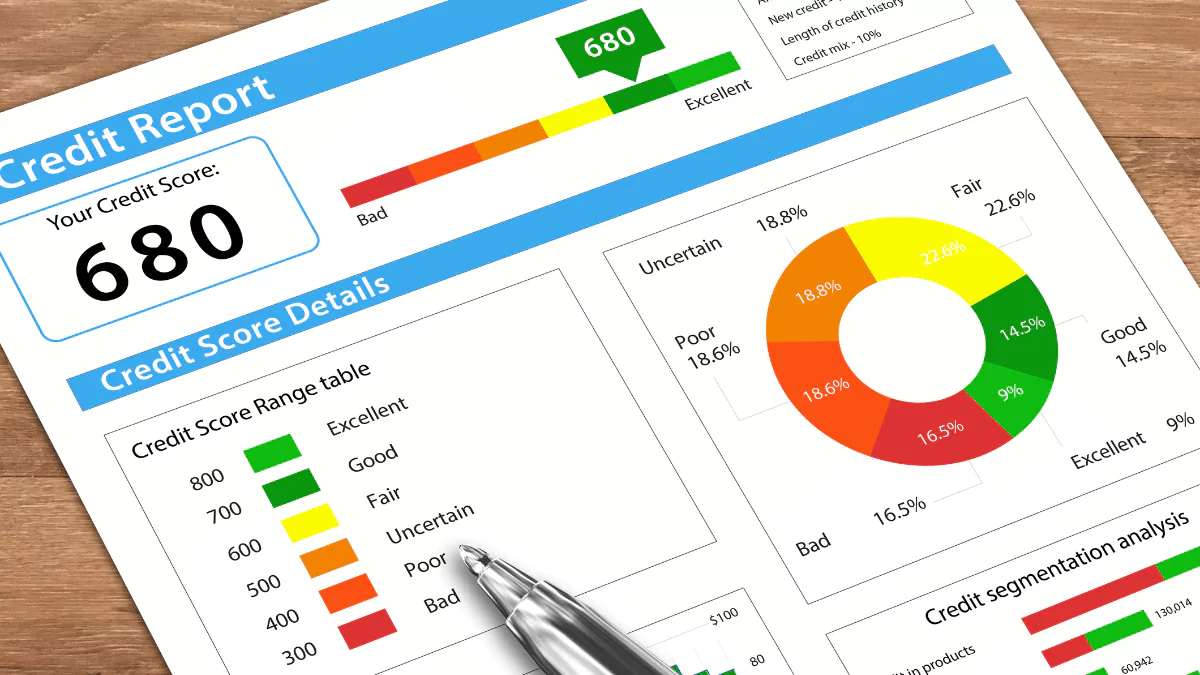Paying for car insurance might feel like a monthly drag, but the truth is, there are plenty of ways to keep those costs from creeping up too high. One of the biggest things that helps? Driving safely. Yep, a clean record can keep your rates in check.
But that’s just the start.
Nine Ways To Lower Your Auto Insurance Costs
Here are several simple, effective moves you can make to shrink your car insurance bill without sacrificing the coverage you want.
1. Shop Around Like You Mean It

Not all insurance companies charge the same. In fact, rates can vary a lot, even for the exact same coverage. That’s why it’s smart to get at least three quotes before deciding. You can call companies directly, use comparison websites, or check out your state’s insurance department if it publishes rate guides.
But don’t just look at numbers. Make sure the company is financially solid. You can get an idea of their stability by checking places like AM Best or Standard & Poor’s.
Also, different insurers work in different ways. Some sell policies through agents who work only for them. Others go through independent agents who offer options from several companies. Then there are those who skip agents entirely and just sell directly by phone or website.
And while price matters, it’s not the only thing. Ask friends or family who they’ve had good experiences with. You can also check with the regulations of your state’s insurance department for complaint records. Find a person who is willing to answer your questions and take the time to explain things clearly.
2. Think About Insurance Before You Buy That Car

That shiny new SUV might look perfect, but have you thought about what it’ll cost to insure?
Insurance companies factor in a car’s sticker price, how expensive it is to fix, its safety ratings, and how likely it is to be stolen. Cars loaded with safety features or anti-theft tech might come with lower premiums.
If you’re still deciding what to buy, check out the Insurance Institute for Highway Safety. They’ve got helpful info on crash ratings and which cars tend to cost less to cover.
3. Raise Your Deductible, Save a Bunch

The deductible is what you pay out of pocket before insurance steps in. So if you’re willing to cover more upfront in the time of a claim, your monthly premium drops.
For example, bumping your deductible from $150 to $450 could shave 15% to 30% off your premium. If you raise it to $1,000, the savings might be even bigger—40% or more.
Just make sure you’ve got enough tucked away to cover that amount if something does happen. No one wants to be scrambling for cash after a fender bender.
4. Got an Older Car? Cut Back on Extra Coverage

If your car’s been with you for a while and its value is on the low side, you might be throwing money away on extra coverage. Collision and comprehensive policies protect your car against damage or theft, but if your vehicle is worth less than 10 times what you’re paying for that protection each year, it may not be worth it.
You can check your car’s current value using Kelley Blue Book or ask a dealership or lender for an estimate.
And don’t forget to review your policy each time it’s up for renewal. Your situation might have changed, and your coverage should match what you actually need.
5. Bundle Up Your Policies
Bundling your automobile insurance with another policy, like homeowners’ or renters’ insurance, can unlock discounts. Some companies also knock a bit off your bill if you insure more than one vehicle with them.
And if you’ve been with the same company for a while, ask if they offer loyalty discounts. Still, don’t stick around out of habit. Even with discounts, another insurer might offer a better overall deal. So it’s worth checking.
6. Your Credit Score Matters More Than You Think

Believe it or not, your credit history plays a big part in how much you pay for insurance. Why? Studies show that people who keep their credit in check tend to file fewer claims.
So, if you want lower rates, pay your bills on time, avoid maxing out cards, and only open new lines of credit when you really need them. It’s also smart to review your credit report regularly and fix any errors ASAP.
7. Drive Less? Pay Less
If you don’t put many miles on your car each year, you could qualify for a low-mileage discount. This can also apply if you carpool or use public transit for your commute.
Some insurers offer pay-per-mile policies or discounts for people who drive under a certain amount annually. It never hurts to ask.
8. Group Discounts Could Be Hiding in Plain Sight

Are you part of an alumni association, union, or professional group? Some companies offer lower rates to members of certain organizations.
Check with your employer too—some workplaces offer discounted insurance plans as a benefit. Even if it’s not widely advertised, it’s worth asking HR or your group’s membership office.
9. Ask About Every Discount Possible
There are more discounts out there than you might think. Some companies reward drivers for staying accident-free, avoiding moving violations, or even just being a long-time customer.
Here are some situations that could get you a better rate:
- No accidents in three years
- No traffic violations in three years
- Multiple cars are insured with the same company
- Being a student with good grades
- Completing a defensive driving course
- Finishing a driver’s ed course (for young drivers)
- College students who leave their car at home
- Driving fewer miles per year
Installing anti-theft devices - Keeping both your car and home insurance with the same provider
- Maintaining a strong credit record
- Choosing a higher deductible
Just remember, not all discounts are available everywhere or from every company. That’s another reason it helps to talk to several insurers before picking one.
Don’t Let Discounts Distract You From the Total Cost
This might sound a little backward after reading a whole list of discounts, but here’s the thing: a company offering tons of little savings may still cost more in the end. Focus on the total you’ll actually pay, not just how many boxes you can check on their discount list.
A Few Extra Tips to Keep in Mind
- If someone else regularly drives your car (like a roommate or a family member), let your insurer know. It could affect your rate, and it’s better to be upfront than deal with surprises later.
- Drive carefully. Avoiding accidents and traffic tickets does more than just protect you—it keeps your rates from spiking.
- Stay on top of renewal dates. Some insurers offer early renewal discounts or send out policy updates in advance that might benefit you.
Wrap-Up: Smarter Choices = Lower Bills
Car insurance might not be your favorite topic, but paying less for it is always a win. Whether it’s raising your deductible, bundling policies, asking for discounts, or just picking a car that costs less to insure, you’ve got options.
Even a few small tweaks can lead to big savings, without cutting corners on protection. So the next time your renewal notice rolls in, take a few minutes to look things over. A quick call or quote comparison might leave you with extra cash in your pocket.
Emily Roberts is a chartered accountant and financial advisor who specializes in income tax and small business compliance. She writes to simplify complex tax concepts for everyday readers.

